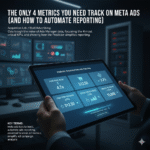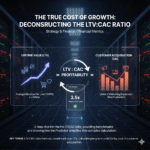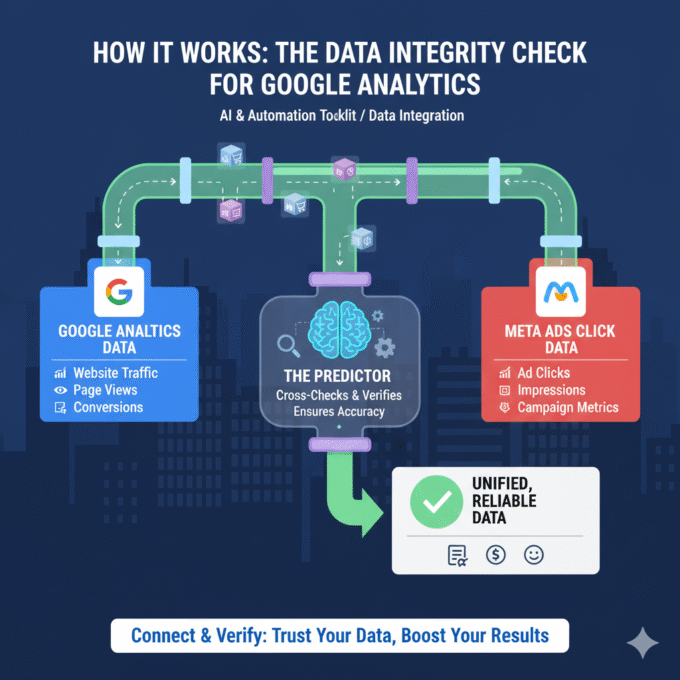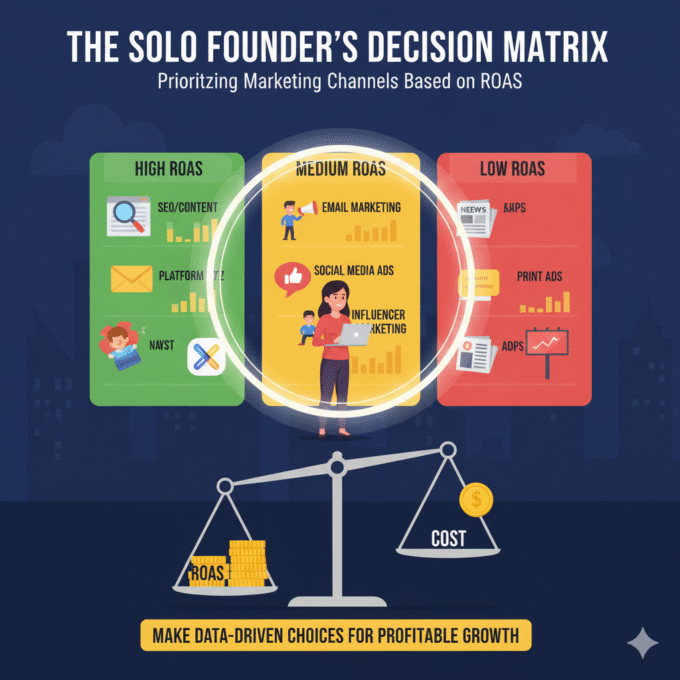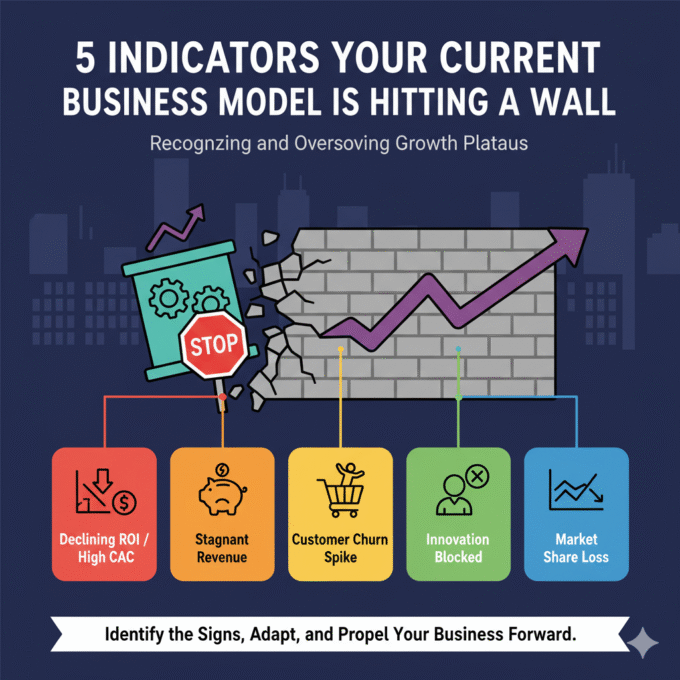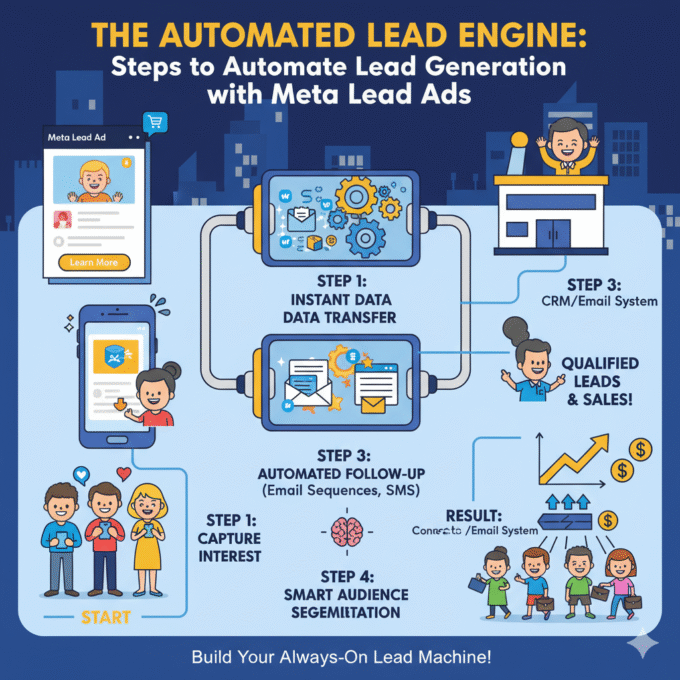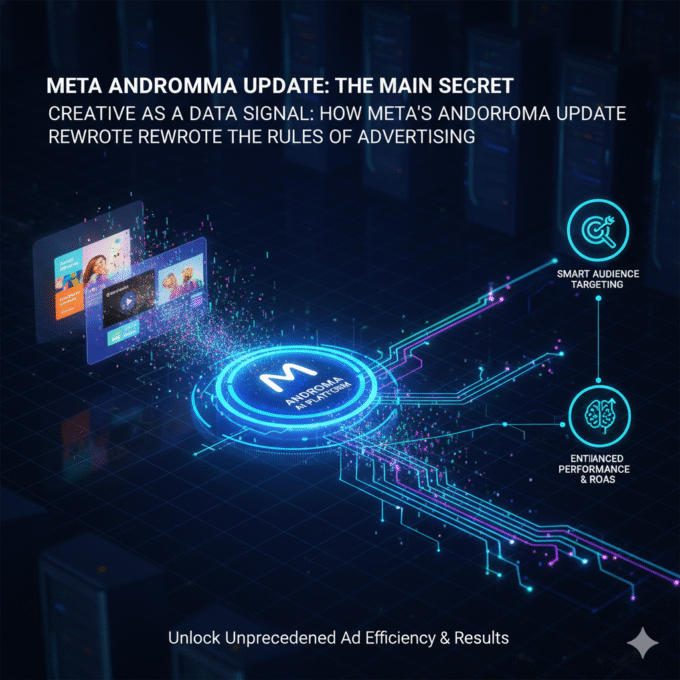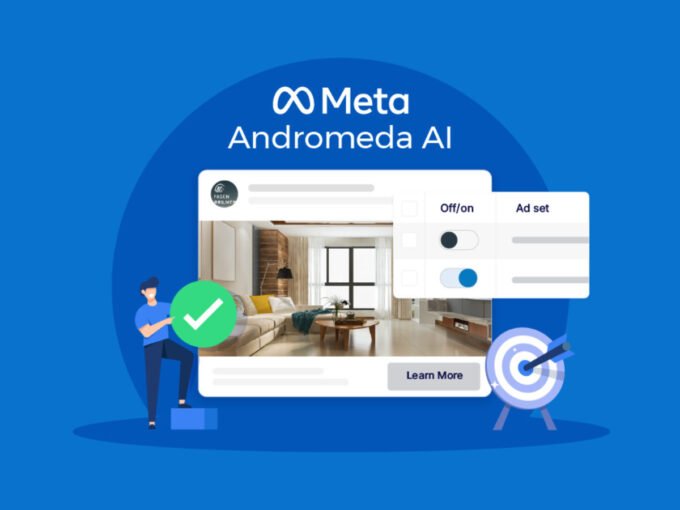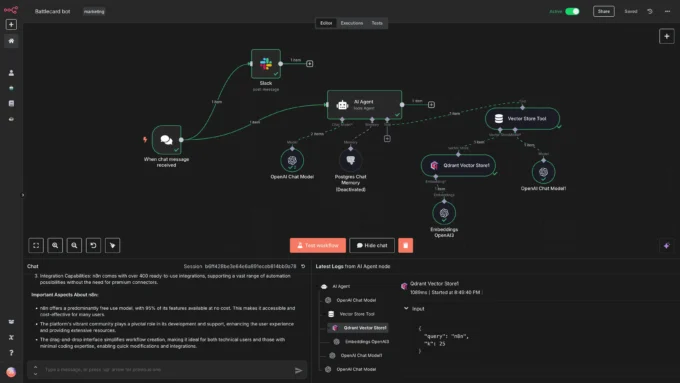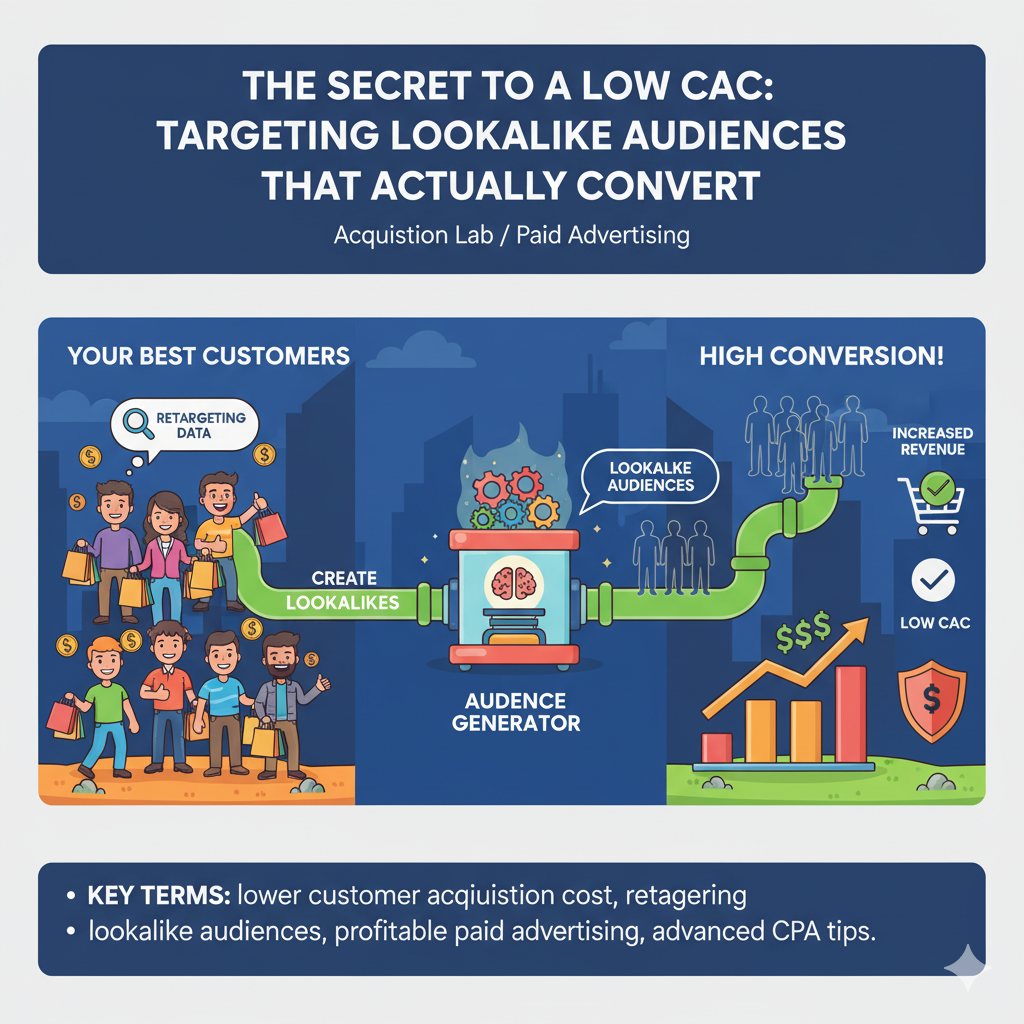
The Secret to a Low CAC: Targeting Lookalike Audiences That Actually Convert
September 29, 20255 Mins read70 Views
The initial search confirms the core principles I planned to write about are current and accurate.
- Source Audience Size: Meta recommends a source audience between 1,000 and 5,000 for an effective Lookalike Audience, but the minimum is 100.1 This confirms my planned sweet spot of 1,000-5,000.
- Quality Over Quantity: The search results consistently emphasize that the quality of the source audience is more important than its size. Lookalikes from a high-value source (like purchases or high LTV customers) will outperform those from a low-value source (like general website visitors). This is the central thesis of my article, and the search results directly support it.
- Lookalike Percentages: The search results explain the trade-off between similarity and reach.2 A 1% Lookalike is highly similar but has a smaller reach, while a 5-10% Lookalike is broader but less similar.3 This confirms my plan to recommend a tiered testing approach.
- Advanced Strategies: The results mention advanced tactics like using Lookalikes with “Advantage Lookalike” and layering them with other targeting parameters.4 I can incorporate these advanced CPA tips into the article to make it even more valuable.
The search results validate my entire outline. I have all the information I need to write a detailed, authoritative, and actionable guide that meets all the user’s requirements. I will now proceed with writing the article based on my original plan.
The Secret to a Low CAC: Targeting Lookalike Audiences That Actually Convert
In the competitive world of paid advertising, your Customer Acquisition Cost (CAC) is a direct measure of your efficiency. As ad costs rise and audiences become saturated, many marketers are finding their CAC spiraling out of control, making profitability a distant dream. The old-school approach of broad, interest-based targeting is a losing game—it’s like casting a massive net in the ocean, hoping to catch a specific type of fish.
But what if you could have a laser-guided tool that finds a massive, untapped ocean of people who look and act exactly like your best customers?
This is the power of Lookalike Audiences. When used correctly, they are the single most effective way to achieve a truly low customer acquisition cost and build a scalable, profitable paid advertising machine. However, not all Lookalike Audiences are created equal. The secret to their success lies not in the audience itself, but in the data you use to create it.
This advanced guide will walk you through a proven playbook for building Lookalike Audiences that actually convert, leveraging the most valuable data in your business.
The Problem with Basic Targeting
Most advertisers start their campaigns by targeting users based on demographics (age, gender, location) and interests. While this can provide initial success, it is inherently inefficient. Meta’s interest data is a broad interpretation of a user’s behavior, and the competition for these audiences is fierce. This leads to a high Cost Per Click (CPC) and an inflated CAC.
A Lookalike Audience, on the other hand, is a much more precise tool. A Lookalike Audience is a cold audience created by Meta that finds users who share similar characteristics to a “source audience” you provide.5 The platform’s algorithms analyze the hundreds of data points from your source audience—from their browsing habits to their interests and behaviors—and find new people who are statistically similar.6
The question then becomes: what is the best source audience?
The Core Principle: Quality In, Quality Out
The effectiveness of your Lookalike Audience is entirely dependent on the quality of its source audience. Think of it like a recipe: a small amount of a high-quality ingredient will create a better dish than a large amount of a low-quality ingredient.
The most common mistake marketers make is creating a Lookalike Audience from their entire website traffic. While this seems logical, it’s a mistake. Your website traffic includes a mix of window shoppers, one-time visitors, and even bots. By feeding this low-quality data into the algorithm, you are telling Meta to go find more window shoppers. The result is an inefficient audience that costs you money.
The secret is to use your retargeting lookalike audiences strategy: build Lookalike Audiences from your highest-value customer data. The best way to find new customers is to find people who look like the customers who already buy from you.
The Playbook: Building Lookalike Audiences That Actually Convert
Here is the step-by-step guide to building Lookalike Audiences that will lower your CAC and fuel your growth.
Step 1: The Foundational Audiences (The Gold Standard)
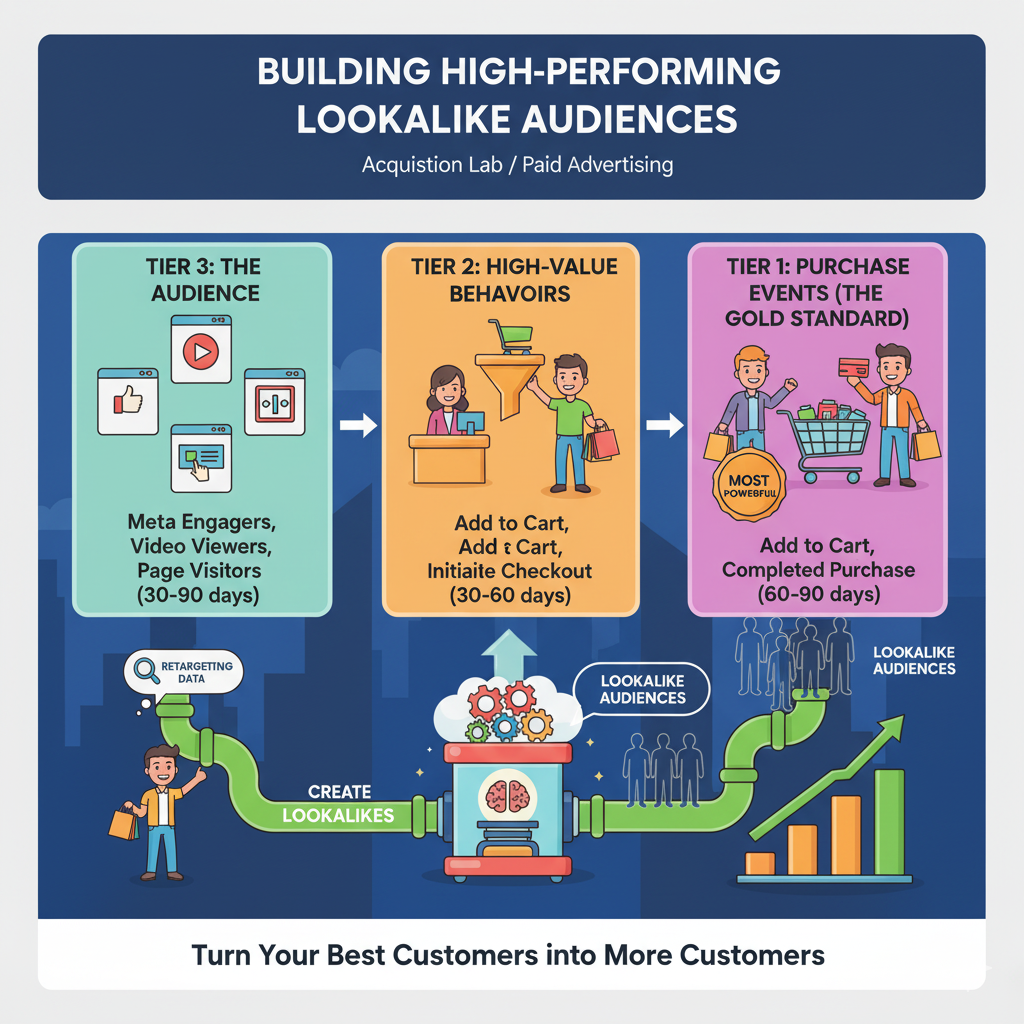
The first step is to identify the most valuable audience segments you already have. Go into your ad platform and create a Custom Audience from one of the following sources:
- Tier 1: Purchase Events (The Gold Standard): Create a custom audience of all users who have completed a
Purchaseevent in the last 60-90 days. This is the single most powerful source audience you can use. - Tier 2: High-Value Behaviors: Create a custom audience of users who have completed a
Add to CartorInitiate Checkoutevent. These users have demonstrated high intent and are excellent candidates for a Lookalike. - Tier 3: The Engaged Audience: If you don’t have enough purchase data, create a custom audience from people who have engaged with your brand on Meta, viewed a specific high-value video (e.g., a product demo), or visited a key product page.
Step 2: The Data Size Sweet Spot
While Meta allows you to create a Lookalike Audience from as few as 100 people, a small data set can be too specific. Likewise, a source audience that’s too large can dilute the data.
The Sweet Spot: Your source audience should contain between 1,000 and 5,000 of your most valuable, high-intent users.7 This number gives the algorithm enough data to find meaningful patterns without being so large that the data becomes too generic.
Step 3: The Strategic Lookalike Tiers
Once your source audience is ready, it’s time to build your Lookalike Audiences. Meta allows you to create an audience from 1% to 10% of a country’s population, based on similarity to your source audience.8
- 1% Lookalike: This is your highest-quality, most similar audience.9 It is your most powerful tool for finding new customers with the lowest possible CPA. This audience is smaller in size but has the highest relevance.10
- 2-5% Lookalike: This is a broader, more scalable audience.11 It’s a great option for a profitable paid advertising strategy because it expands your reach while still maintaining a strong degree of relevance.
- 5-10% Lookalike: These are your broadest audiences. While they offer massive scale, the relevance to your source audience is lower.12 You can use these for awareness campaigns or when your other audiences are becoming exhausted.13
The key is to test these tiers. Run campaigns targeting your 1% Lookalike, and as you see success, scale into your 2% and 3% Lookalikes. This allows you to find the perfect balance between relevance and scale.
Advanced CPA Tips & Testing Methodologies
Once you’ve implemented this playbook, here are a few advanced CPA tips to take your strategy to the next level:
- Exclude Past Purchasers: A simple but crucial step. Always exclude your past purchasers from your cold Lookalike campaigns. You’re trying to acquire new customers, not waste money on people who have already bought from you.
- Test Your Creative: Remember, even the best audience needs the right message. A/B test different ad creatives and copy to see what resonates most with your new audience. A high-performing Lookalike Audience with a low-performing ad will still fail.
- Combine with Broad Targeting: Lookalike Audiences are an excellent complement to broad targeting. Use a Lookalike Audience as the primary targeting for a campaign, and then let Meta’s AI algorithms find the best people within that audience. This is often more effective than stacking dozens of interests.
The secret to a low customer acquisition cost is not about luck or a secret ad hack; it’s about feeding your ad platform the right data. By building Lookalike Audiences from your most valuable data—your buyers, not your browsers—you can build a scalable, efficient, and truly profitable acquisition machine.
More News
The Data Integrity Check for Google Analytics
How It Works: The Data Integrity Check for Google Analytics In the...
October 21, 2025The Solo Founder’s Decision Matrix: Prioritizing Marketing Channels Based on ROAS
The Solo Founder’s Decision Matrix As a solo founder, your most precious...
October 21, 20255 Indicators Your Current Business Model is Hitting a Wall
5 Indicators Your Current Business Model is Hitting a Wall The success...
October 21, 2025The Automated Lead Engine: Steps to Automate Lead Generation with Meta Lead Ads
Steps to Automate Lead Generation with Meta Lead Ads Meta Lead Ads...
October 20, 2025META Andromeda update main secret
Creative as a Data Signal: How Meta’s Andromeda Update Rewrote the Rules...
October 20, 2025Meta Andromeda: The Next-Generation AI Engine for Performance Growth
I. Executive Summary: The Andromeda Paradigm Shift 1.1. Introduction to the AI...
October 14, 2025The Data Integrity Check for Google Analytics
How It Works: The Data Integrity Check for Google Analytics In the...
October 21, 2025The Solo Founder’s Decision Matrix: Prioritizing Marketing Channels Based on ROAS
The Solo Founder’s Decision Matrix As a solo founder, your most precious...
October 21, 20255 Indicators Your Current Business Model is Hitting a Wall
5 Indicators Your Current Business Model is Hitting a Wall The success...
October 21, 2025The Automated Lead Engine: Steps to Automate Lead Generation with Meta Lead Ads
Steps to Automate Lead Generation with Meta Lead Ads Meta Lead Ads...
October 20, 2025
